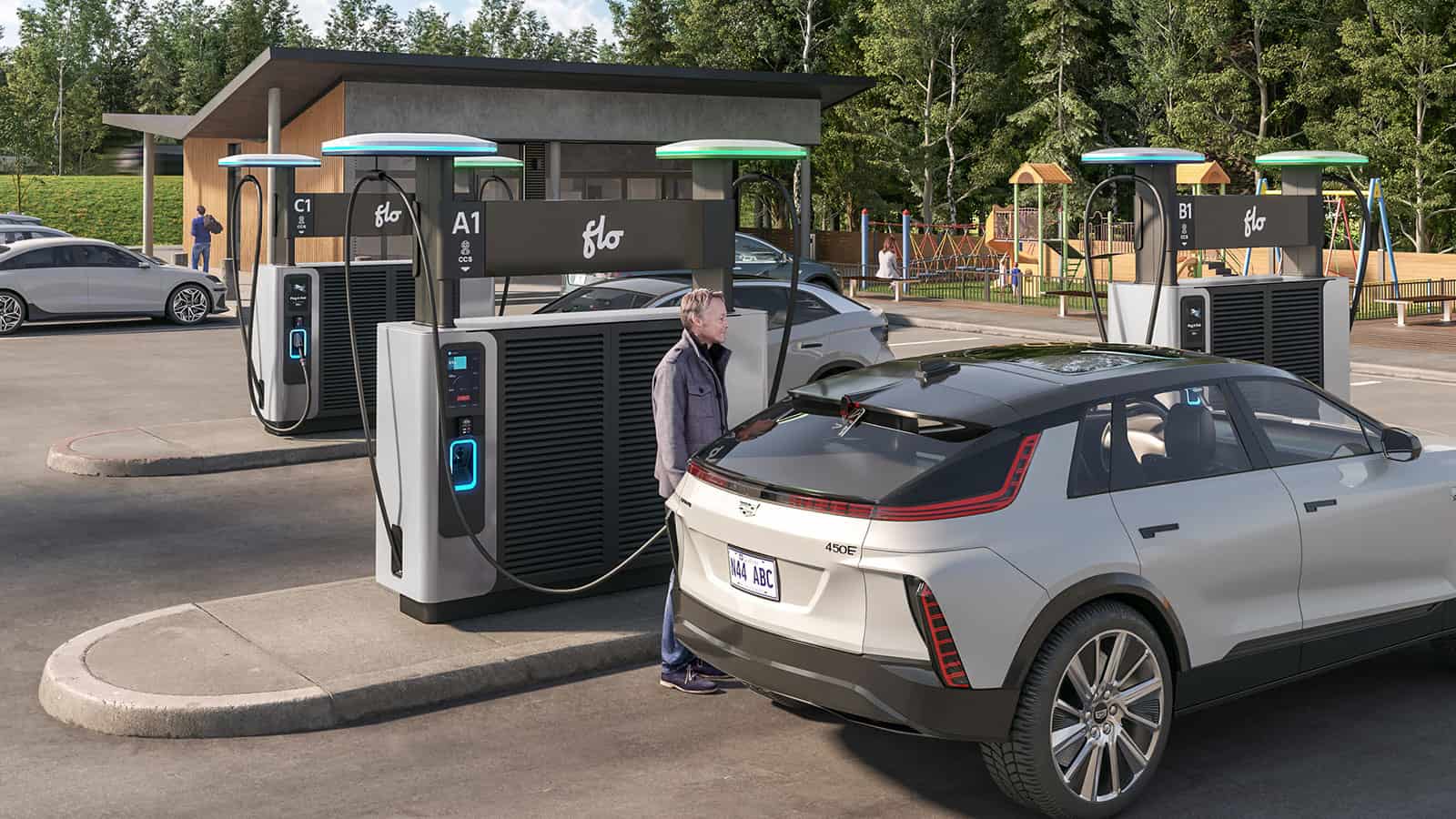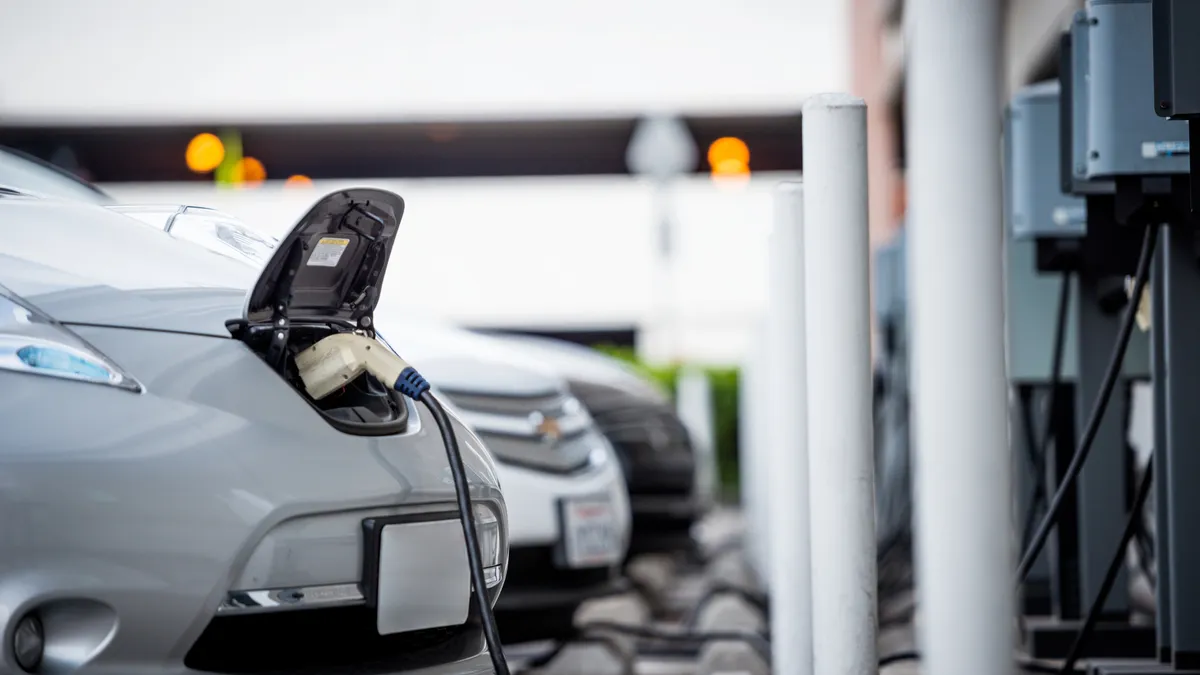Key Innovations in the EV Sector You’ll Find in Today’s Buy EV Charging news
Key Innovations in the EV Sector You’ll Find in Today’s Buy EV Charging news
Blog Article
Leading EV Charging Information: Key Updates on Facilities and Technology

Current Innovations in Fast-Charging Modern Technology
Additionally, advancements in battery innovation, consisting of enhanced thermal management systems and higher energy thickness batteries, enhance fast-charging capabilities. These advancements minimize the danger of battery degradation throughout quick charging, making sure long life and efficiency for EV owners.
In addition, the integration of smart charging remedies is enhancing user experience, allowing real-time surveillance and vibrant pricing designs. EV Charging news. This versatility permits drivers to optimize charging prices and times based upon grid need
As automakers continue to invest in fast-charging networks, the partnership between market stakeholders is critical. Collaborations in between billing terminal service providers and vehicle makers are leading the way for considerable insurance coverage, ultimately promoting a much more robust EV community. These improvements are essential in sustaining the shift to sustainable transportation.
Government Initiatives for Charging Expansion
Federal government campaigns play an essential duty in the development of electrical automobile (EV) charging infrastructure, facilitating the transition to lasting transport. Different federal and state programs are being executed to enhance billing availability, minimize the monetary burden on customers, and advertise the adoption of electric lorries.
Significantly, the U.S. government has actually designated significant financing with the Infrastructure Investment and Jobs Act, which sets aside $7.5 billion for EV charging network development throughout the nation. This funding is targeted at releasing countless new billing terminals, particularly in underserved locations, thus dealing with range anxiousness among potential EV customers.
Additionally, countless states are passing regulations to improve the allowing process for billing station installments, which is important for accelerating implementation. Incentives such as tax obligation credit scores and refunds for both customers and companies are additionally being introduced to motivate the installation of charging framework.
Additionally, public-private collaborations are increasingly ending up being an emphasis, leveraging private financial investment to complement government financing. These initiatives underscore a joint approach vital for constructing a extensive and effective EV charging network, inevitably adding to a greener and more lasting future.
Cutting-edge Battery Solutions Enhancing Efficiency
Transforming the landscape of electrical lorry (EV) technology, ingenious battery services are substantially boosting performance and performance. Developments in battery chemistry, especially with lithium-sulfur and solid-state batteries, are causing raised power thickness, which enables longer ranges and faster billing times. These brand-new battery kinds have the possible to exceed typical lithium-ion batteries by using greater capabilities while minimizing weight, therefore boosting general automobile performance.
In addition, growths in battery monitoring systems (BMS) are optimizing energy usage and prolonging battery lifespan. Intelligent formulas keep track of battery health and wellness and efficiency, allowing real-time modifications to charging and releasing procedures. This not just improves the effectiveness of the battery however also makes sure a much more trustworthy and sustainable power resource for EVs.
Moreover, the integration of recycling innovations is addressing the ecological effect of battery manufacturing and disposal. Technologies in second-life applications for EV batteries are promoting their use in energy storage space systems, adding to a circular economic situation.
As these cutting-edge battery options continue to evolve, they promise to change the EV market, making electric vehicles a lot more appealing and obtainable to a wider audience while sustaining global sustainability objectives.

Collaboration Between Automakers and Charging Networks
Acknowledging the essential demand for a durable billing framework, car manufacturers are increasingly collaborating with charging network companies to improve the EV possession experience (EV Charging news). These collaborations aim to produce a seamless charging ecosystem that benefits consumers and sustains the change to electrical lorries
Significant vehicle brand names are joining forces with established charging networks to expand their billing terminal protection, guaranteeing chauffeurs have access to reliable and hassle-free billing choices. For instance, partnerships with networks check my site like ChargePoint and Electrify America permit car manufacturers to integrate billing remedies straight into their cars' navigation systems, guiding customers to the local terminals and offering real-time availability updates.
Furthermore, these cooperations typically result in the growth of fast-charging innovations that significantly minimize the time required to recharge an EV. By merging resources and proficiency, car manufacturers and charging networks can introduce faster, developing remedies that meet the growing need for electrical mobility.
Furthermore, joint campaigns may likewise cause more standard charging methods, which can reduce consumer confusion and advertise wider EV fostering. In general, these tactical alliances are pivotal in developing a efficient and user-friendly charging framework that satisfies the needs of an increasing electric vehicle market.
Difficulties Encountering EV Charging Facilities
As the electrical automobile market proceeds to grow, numerous difficulties are surfacing that prevent the advancement of a comprehensive billing infrastructure. One of the key challenges is the not enough variety of billing terminals, particularly in underserved and rural metropolitan areas. This void produces range anxiety amongst possible EV purchasers, deterring them from making the button.
Furthermore, the lack of standardization in billing innovation makes complex the facilities landscape. Variants in plug types and charging rates can produce complication for individuals and boost operational complexities for this content charging network operators. The integration of billing stations into existing electric grids positions significant difficulties. Many regions encounter capacity restrictions, requiring substantial financial investments in grid upgrades to fit enhanced demand.
An additional pushing issue is the high expense linked with the installation and upkeep of billing terminals, which can be a barrier for both personal services and public entities. Regulative obstacles and zoning limitations can delay the deployment of charging facilities, impeding progress in increasing vital services. Addressing these obstacles will certainly be critical for promoting a durable EV environment that supports the change to sustainable transport.
Final Thought
In verdict, the ongoing advancements in EV billing modern technology, supported by substantial federal government initiatives and innovative battery solutions, are essential for the development and effectiveness of electric automobile facilities. Cooperations in between car manufacturers and charging carriers further improve terminal insurance coverage, attending to the expanding demand for accessible billing alternatives. Regardless of difficulties web that continue within the EV charging landscape, these advancements indicate a favorable trajectory towards a much more lasting and reliable electrical lorry environment.
Technologies in charging framework have led to the growth of ultra-fast battery chargers qualified of providing up to 350 kW of power, considerably decreasing billing times. Variations in plug types and billing rates can create confusion for customers and increase operational complexities for charging network operators.In final thought, the ongoing innovations in EV charging modern technology, supported by considerable government campaigns and ingenious battery services, are vital for the development and efficiency of electrical automobile infrastructure. Collaborations in between automakers and charging companies additionally improve station insurance coverage, addressing the growing demand for available charging choices. Despite obstacles that continue within the EV charging landscape, these growths indicate a positive trajectory in the direction of a much more effective and sustainable electrical car environment.
Report this page